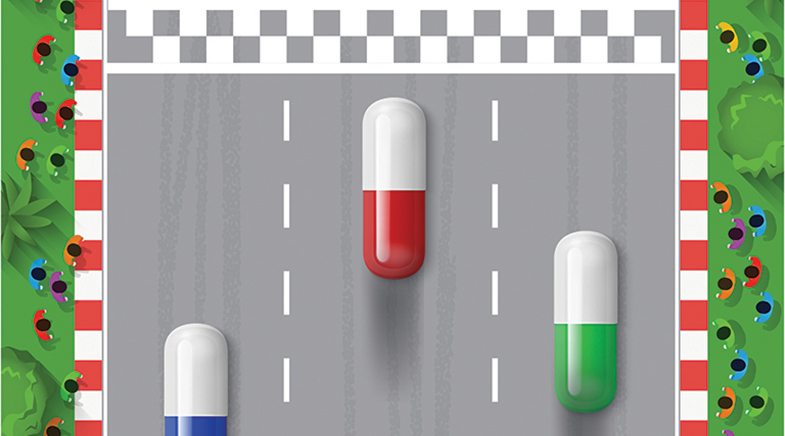Shape of things to come
-
- from Shaastra :: vol 02 issue 02 :: Mar - Apr 2023

3D biomaterial platforms are revolutionising cancer research, paving the way for personalised therapy.
Amyloids are considered the villains of human biology – and rightly so. These aggregates of proteins have been implicated in a laundry list of diseases, including Parkinson's, Alzheimer's and type 2 diabetes. But it is becoming increasingly clear that in some lower organisms, and even in mammals, there are amyloids which play a positive role. For instance, hormones made of proteins are stored inside mammalian cells as amyloids.
A team of scientists has exploited the properties of these amyloids — functional or disease — to further drug testing and personalised medicine for cancer.
Drug development for cancers is a daunting task, says Samir K. Maji, Professor, Department of Biosciences and Bioengineering, Indian Institute of Technology Bombay. "It's expensive, very difficult to do [and] time-consuming."
Before a newly discovered cancer drug is tested on animal models such as mice, it is tested on cancer cells cultured in the lab. A 2-dimensional cell culture, where cells are cultured in a growth medium on a flat and transparent dish, may be convenient and cheap but it does not mimic the 3-dimensional environment of a tumour inside the human body. Because the cells lie flat in a 2D culture, the amount of an anti-cancer drug required to kill the cells is much lower than that needed to kill the same number of cells in a solid tumour, Maji says.
Maji and co-workers have, therefore, developed a 3D cell culture system using an amyloid-based biomaterial to successfully grow tumours in the lab. The material has a lot of advantages. For one, it is not easily degradable. The material is also heat-resistant and stable against fluctuations in pH, all properties shared by amyloids and highly desirable for a host of applications, including cell culture.
By trapping water molecules inside a network of amyloid fibrils synthesised in the lab, scientists converted this biomaterial into a gel called the 'hydrogel'.
In a study published recently in the journal Biomaterials, they describe designing not one but seven such hydrogels. Each is made from a different peptide (molecules that make proteins) derived from a functional or disease amyloid. They then tested these hydrogels for growing cancer cells.
In the experiment, all seven hydrogels saw tumour spheroids grow from five different human cancer cell lines. Cell lines are cells that have been perpetuated in the lab for a long time.
The fact that they test this out on multiple cancer cell lines belonging to different cancers makes it an important study, says Mohit Kumar Jolly, Assistant Professor, Centre for BioSystems Science and Engineering, Indian Institute of Science (IISc), Bengaluru. Jolly was not involved in the study.
PAST ISSUES - Free to Read


Have a
story idea?
Tell us.
Do you have a recent research paper or an idea for a science/technology-themed article that you'd like to tell us about?
GET IN TOUCH














